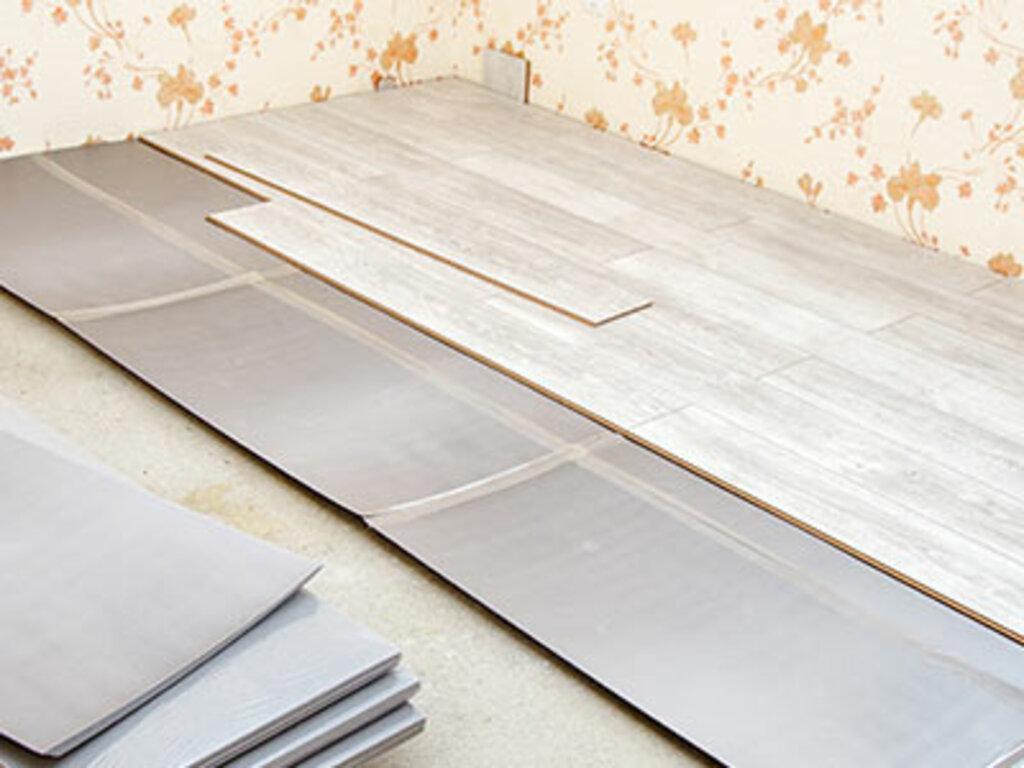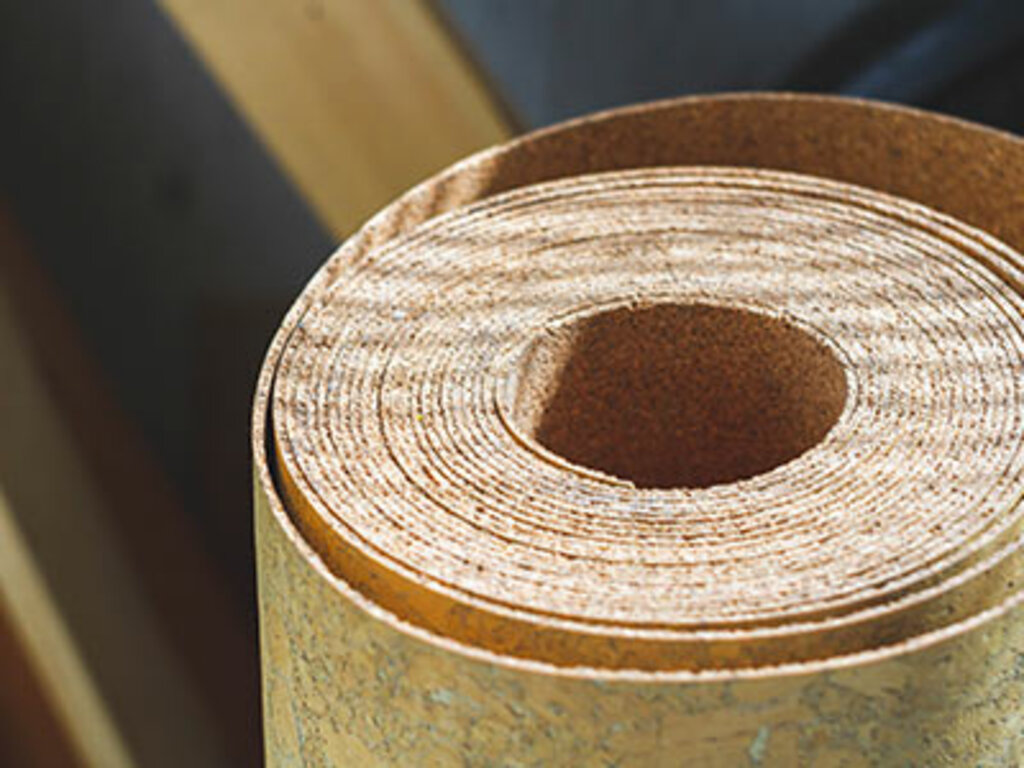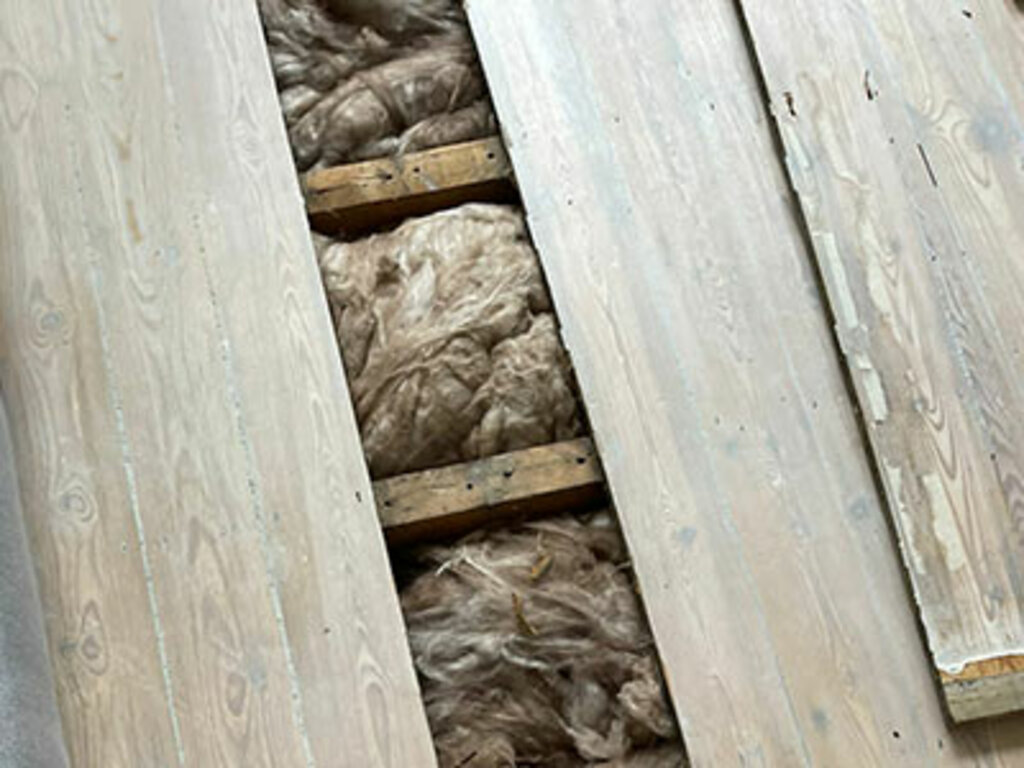Complete Guide to Wood Floor Insulation
 Wood floor insulation plays a crucial role in maintaining a cosy living environment, regulating temperatures, reducing energy consumption, and minimising unwanted noise. Whether you're a homeowner seeking to enhance your living space or a wood flooring professional looking to expand your knowledge, this comprehensive guide will walk you through everything you need to know about wood floor insulation. From understanding the importance of insulation to exploring different materials, installation methods, and maintenance tips, we've compiled all the essential information to help you create a comfortable and sustainable home. Let's dive in and unlock the secrets to achieving an efficiently insulated wood floor that complements your lifestyle and saves you money in the long run.
Wood floor insulation plays a crucial role in maintaining a cosy living environment, regulating temperatures, reducing energy consumption, and minimising unwanted noise. Whether you're a homeowner seeking to enhance your living space or a wood flooring professional looking to expand your knowledge, this comprehensive guide will walk you through everything you need to know about wood floor insulation. From understanding the importance of insulation to exploring different materials, installation methods, and maintenance tips, we've compiled all the essential information to help you create a comfortable and sustainable home. Let's dive in and unlock the secrets to achieving an efficiently insulated wood floor that complements your lifestyle and saves you money in the long run.
Understanding the Importance of Wood Floor Insulation
Understanding the importance of wood floor insulation is crucial for enhancing comfort and energy efficiency in a home. Insulation plays a vital role in wood flooring by providing a barrier between the floor and the underlying foundation, helping to regulate temperatures and reduce energy consumption. Proper wood floor insulation offers numerous benefits, including improved temperature regulation, reduced energy bills, and noise reduction. By preventing cold air from seeping through the floor, insulation helps maintain a comfortable indoor temperature year-round, increasing overall comfort in the home. Additionally, it helps to minimise heat loss during colder months, leading to significant energy savings and reduced heating costs.
Noise reduction is also a significant benefit of wood floor insulation, as it helps to dampen and absorb sound, creating a quieter indoor environment. When it comes to types of wood floor insulation, there are various materials available, each with its own unique characteristics. Common options include foam board insulation, fibreglass batts, and spray foam insulation. Foam board insulation offers excellent thermal performance and moisture resistance. Fibreglass batts are easy to install and provide effective temperature and sound insulation. Spray foam insulation is highly efficient, creating a seamless and airtight seal. Understanding the different types of wood floor insulation and their characteristics is essential in choosing the most suitable option for your specific needs. Ultimately, investing in proper wood floor insulation not only improves comfort and energy efficiency but also contributes to a quieter and more sustainable living environment.
Assessing Your Insulation Needs
Assessing your floor insulation needs requires a thorough understanding of common insulation issues, the measurement of insulation performance, and the conduction of home energy audits. Start by identifying common insulation problems such as cold spots, drafts, and moisture issues, which can significantly impact your comfort levels and energy expenditure. Attaining an efficient floor insulation strategy can help mitigate these problems. Measuring insulation performance, particularly through R-value, is key to this process.
The R-value quantifies thermal resistance or, in simple terms, gauges the efficiency of the insulation in preventing heat flow. Factors such as insulation thickness, heat flow direction, and material type can affect this value. To further identify areas of your home that need improvement, you can conduct a home energy audit. This comprehensive review of energy use pinpoints where your home loses energy the most, helping you to reinforce insulation where it's truly needed. Altogether, understanding common problems, R-value, and conducting energy audits can guide you in assessing your floor insulation needs effectively.
Different Insulation Materials for Wood Flooring
 Several types of insulation materials are compatible with wood flooring, and each comes with distinct attributes. Fibreglass insulation is a common option with the advantage of being non-combustible and well-suited for wall and under-the-floor applications. However, professional installation is imperative as incorrect handling can cause skin irritation. Then there's spray foam insulation: an excellent choice for sound insulation and airtightness. You can choose between open-cell, which is less dense and cheaper, or closed-cell foam, known for its superior insulation performance. Another green option is cellulose insulation, made from recycled materials.
Several types of insulation materials are compatible with wood flooring, and each comes with distinct attributes. Fibreglass insulation is a common option with the advantage of being non-combustible and well-suited for wall and under-the-floor applications. However, professional installation is imperative as incorrect handling can cause skin irritation. Then there's spray foam insulation: an excellent choice for sound insulation and airtightness. You can choose between open-cell, which is less dense and cheaper, or closed-cell foam, known for its superior insulation performance. Another green option is cellulose insulation, made from recycled materials.
It has good moisture resistance - nonetheless, installation should ideally be left to professionals to ensure optimal performance. Lastly, polystyrene insulation comes in two formats: expanded or extruded. Expanded Polystyrene (EPS) is cheaper and lightweight, but extruded polystyrene (XPS) offers a higher R-value, making it a better thermal insulator. Choosing the right insulation for your wood flooring will vastly depend on your needs, requirements, and budget.
Insulating Above and Below the Wood Floor
Insulating both above and below a wood floor is crucial to improve energy efficiency, reduce noise, and address potential moisture problems, particularly in environments susceptible to severe weather conditions. For subfloor insulation, best practices advise insulating between the floor joists or beneath the floorboards. This method ensures less heat is lost through the floor and results in a more comfortable and energy-efficient space. The choice of underlayment is equally significant when considering insulation.
Options including cork felt, and foam are typically utilised to provide added insulation and contribute towards noise reduction. These underlayments, besides improving the thermal efficiency of a floor system, also soften the impact noise, thereby enhancing the acoustic properties of the space. Furthermore, insulating crawl spaces is a process that should not be overlooked. It's essential to address potential moisture issues and ensure proper insulation, particularly on crawl space walls, to prevent energy loss and the potential for mould growth, enhancing overall living conditions.
DIY vs. Professional Wood Floor Insulation
 Choosing between DIY and professional wood floor insulation depends on one's skill level, time, and budget. DIY insulation can be a gratifying project for the hands-on homeowner who's comfortable with basic construction work. There are abundant resources online providing step-by-step guides to help DIY enthusiasts tackle their wood floor insulation projects. Depending on the type and size of the project, the necessary tools could include a staple gun, utility knife, tape measure, and safety gear such as gloves, safety glasses, and a dust mask. Always ensure to take safety precautions to prevent injuries.
Choosing between DIY and professional wood floor insulation depends on one's skill level, time, and budget. DIY insulation can be a gratifying project for the hands-on homeowner who's comfortable with basic construction work. There are abundant resources online providing step-by-step guides to help DIY enthusiasts tackle their wood floor insulation projects. Depending on the type and size of the project, the necessary tools could include a staple gun, utility knife, tape measure, and safety gear such as gloves, safety glasses, and a dust mask. Always ensure to take safety precautions to prevent injuries.
On the other hand, hiring a professional is advised when dealing with complex installations where technical expertise is needed. A professional can ensure proper ventilation, a crucial aspect often overlooked by DIY-ers, that is key to preventing moisture problems which could compromise the insulation and in turn, the performance and lifespan of the wood floor. Furthermore, a professional will ensure that the installation is compliant with local building codes, potentially saving the homeowner from costly fines for non-compliance. Thus, while DIY may initially seem cost-effective, hiring a professional may prove beneficial in the long run, particularly for complicated installations requiring an in-depth understanding of building principles.
Tips for Maintaining and Enhancing Wood Floor Insulation
Wood floor insulation is vital for maintaining the optimal temperature in your home during all seasons, and to ensure its effectiveness, several steps should be taken. First and foremost, sealing air leaks is crucial. Often, wooden floors have gaps and cracks that can lead to inefficient insulation, higher energy bills, and uncomfortable home atmospheres. Such leaks can be identified through visual inspections or by using specialised tools that detect air movement and could be sealed using caulking or weatherstripping materials.
Secondly, regular insulation checks are imperative to maintaining insulation integrity over time. As materials may degrade and gaps may develop, frequent inspections will help identify areas requiring maintenance or repairs early, thus preventing more costly and extensive damage. Combining insulation methods often leads to maximum effectiveness. Indeed, layering approaches through the use of various insulation materials, such as rigid foam and fibreglass, can provide a higher degree of insulation, thus increasing the energy efficiency of your home. By regular maintenance, consistent check-ups, and knowledgeable use of insulation materials, you can uphold the quality of your wood flooring insulation effectively.